Viking Weapons and Armour
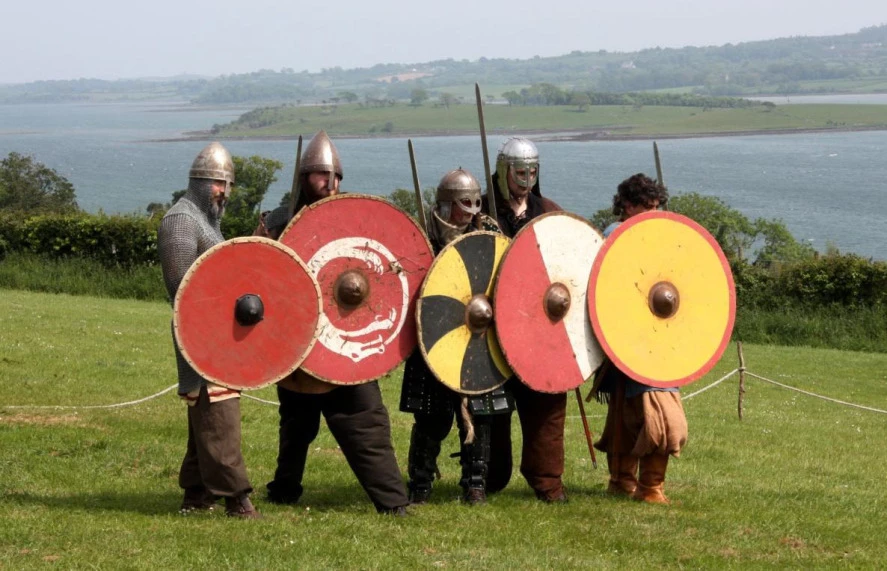
The Origin of the Vikings
From the 8th century AD onwards, profound changes were transforming the Scandinavian society: the old clan system was breaking down and short-lived state formations were emerging. Coastal regions of today’s Denmark, Norway and Sweden had a lot of people but poor conditions for agriculture - they could barely support the entire population.
Leaders began to emerge and gather groups of warriors and supporters, and they travelled to distant foreign lands in search for riches, land and adventure. Everyone knows their characteristic ships, the Viking langskips - or longships, equipped with oars and a single mast with a large rectangular sail. The seafaring nations were under a command of chieftains. The chieftains were buried together with their ship, armour and weapons when they died.This habit gives us some insight into how they lived and what weapons they used.
Viking warlord
The author of the watercolour painting: Edgar Pachta
Ruthless Northmen
Archaeological findings suggest that Viking warriors were physically very fit, around 170 cm tall in average - which exceeds the medieval average by up to 10 cm. The ideal Viking warrior is depicted in various Viking sagas - they had to be excellent fighters, heroes with courage and great physical strength.
When not on a military campaign, Vikings lived their lives as skilled craftsmen, hunters, farmers and traders. These merchants and farmers, however, quickly turned into fierce and ruthless raiders as soon as their ships reached foreign territory. They plundered the northern coast of Europe, parts of France, and their expeditions went as far as the Black Sea, and even the shores of North America.
Retreating and surrendering was unthinkable for the Vikings - at least if they wanted to enter the great halls of Valhalla after death and join the eternal afterlife of feasts and other pleasures.
A special part of the Viking army were the so-called berserks - from the word berserkr - furiously violent soldiers who fought in a trance-like fury.This fury was probably caused by the consumption of poisonous mushrooms. The berserkers began by impatiently gnawing the edges of their shields, howling menacingly and rolling their eyes. A superhuman power was said to have entered their limbs, bestowed upon them by the supreme god, Odin.
Collector's figurine representing a Nordic warrior with characteristic armour
Source: Edgar Pachta archive
Viking Swords
The main weapon of the Northmen in the 9th - 11th centuries was a cavalry-style sword, based on older Celtic-Germanic types. Craftsmen in Scandinavia, Denmark and England are known to have produced high quality tools, weapons and jewellery. The Vikings had access to high quality metal which aided their excellent craftsmanship. They also had a long tradition of blacksmithing, and last but not least, good trade relations with the Orient.
But not even Viking craftsmen managed to meet the huge demand for swords - blades had to be imported from the Frankish region, and the Viking only added their own hilts. This is why we find Viking swords across Scandinavia, that had been imported from Frankish Empire, bearing the names of their makers (Ulfberth, Banto).
Moreover, the Germanic swordsmen knew the oriental Damascus-steel blades and were able to mimic Damascus steel by wrapping wires of different thickness around the iron bar forming the core of the blade and creating fake Damascus steel out of them. Only the most experienced swordsmiths were able to do that. These swords had reinforced edges and a strip of welded pattern running down the centre of the blade. Only the wealthiest soldiers could afford such magnificent swords.
The Nordic-style swords spread to the regions of their suppliers in western and central Europe. The swords were called "Viking" swords. Their hilt typically had a massive pommel in the shape of a blunt pyramid or mushroom.
The mushroom-shaped pommel was usually divided into several berry-like formations, the guard was rather shorter. The straight double-edged blade with a shallow groove was quite wide. The hilts of swords for Viking warlords were often covered with wrought-iron reliefs or plated with silver and gold. They were decorated with ornaments in the form of braids, mythical animals and masks.
A magnificent Viking sword with Damascus-steel blade
The significance of swords is mentioned by the valkyrie Svafa in the Icelandic epic literary work, the Edda: “Sword of a hero has a pommel with a ring and valour in the blade. The blade brings terror, the blood-worm lies on the blade's leaf, a serpent coils around it.”
Viking Battle Axe
Axes were important weapons used alongside swords. In the harsh living conditions of the north, axes served not only as weapons, but also as necessary tools for felling trees, making wooden poles and building houses.
A specific type of battle axes appeared around the 9th century. It was a weapon with an asymmetrical blade, either extended upwards or extended towards the bottom. The latter was called a Bard's axe and was the predecessor of the medieval ‘bradatica’ axe. It goes without saying that wealthy or particularly prominent Vikings owned luxurious Viking axes decorated with silver wire.
Axe from Jutland, 10th century.
The axe was also a royal weapon - Erik, son of the first Norwegian king Harald Fairhair, was even nicknamed "Bloodaxe". The axe is also the weapon held in the paws of the lion in the emblem of the Norwegian kingdom.
Viking Armour
As an Irish chronicler noted around 800 AD, the Norse invaders with their shiny, strong and reliable armour outclassed the local warriors by a lot. At that time, the Vikings used more advance types of chainmail armour, which itself was known from Antiquity. The armours of varying length had shorter sleeves. Nordic-type armour is known mainly from archaeological excavations in both Scandinavia and England. Vikings also used lamellar armour with cloth or leather lining.
The helmets of the warlords were true works of art. They were semi-circular in shape and richly decorated with bronze bands and decorative elements, either geometric patterns or with figures. Some of them additional parts attached to them, such as chainmail coifs. The warriors’ face was protected by a nose-protecting element or a visor resembling goggles, hence they are also known as the goggles helmets.
Luxury Viking helmet decorated with ornaments
Less wealthy warriors wore simpler leather helmets, as well as cheaper protective armours made from traditional materials. Boiled leather provided relatively solid protection. Archaeologists have discovered various types of both simple, and luxurious leather types across Europe. However, in most cases, even those armours were expensive.
The Viking armour was used together with lances or spears and a long knife. Shields were the most important protective element. It was wooden, circular in shape, reinforced with a central shield boss (umbo); the surface was painted.
Viking shield with red snake decoration
In the other two articles on the Vikings, we will look more closely their weapons, tools and clothing, and at the nations with whom the Vikings clashed.
If you want to turn into a Viking warrior, there is nothing easier than browsing through our e-shop and choosing your Viking look! We have a wide range of Viking weapon replicas and Viking costumes to choose from!

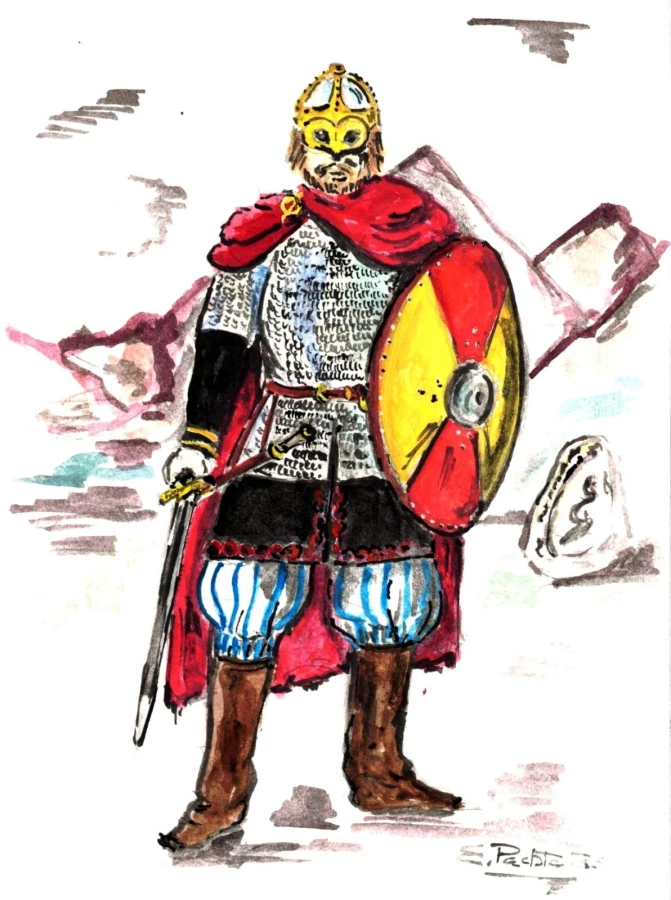
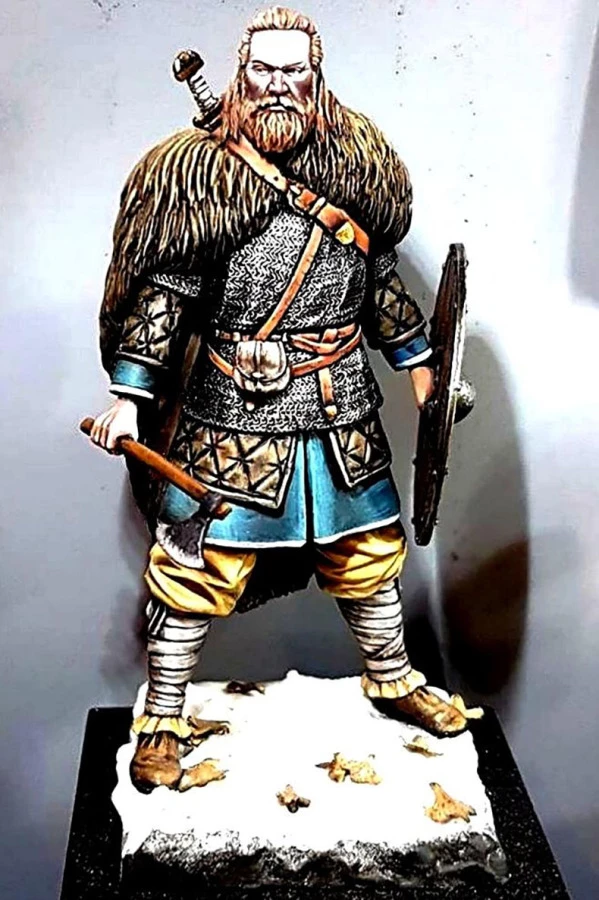
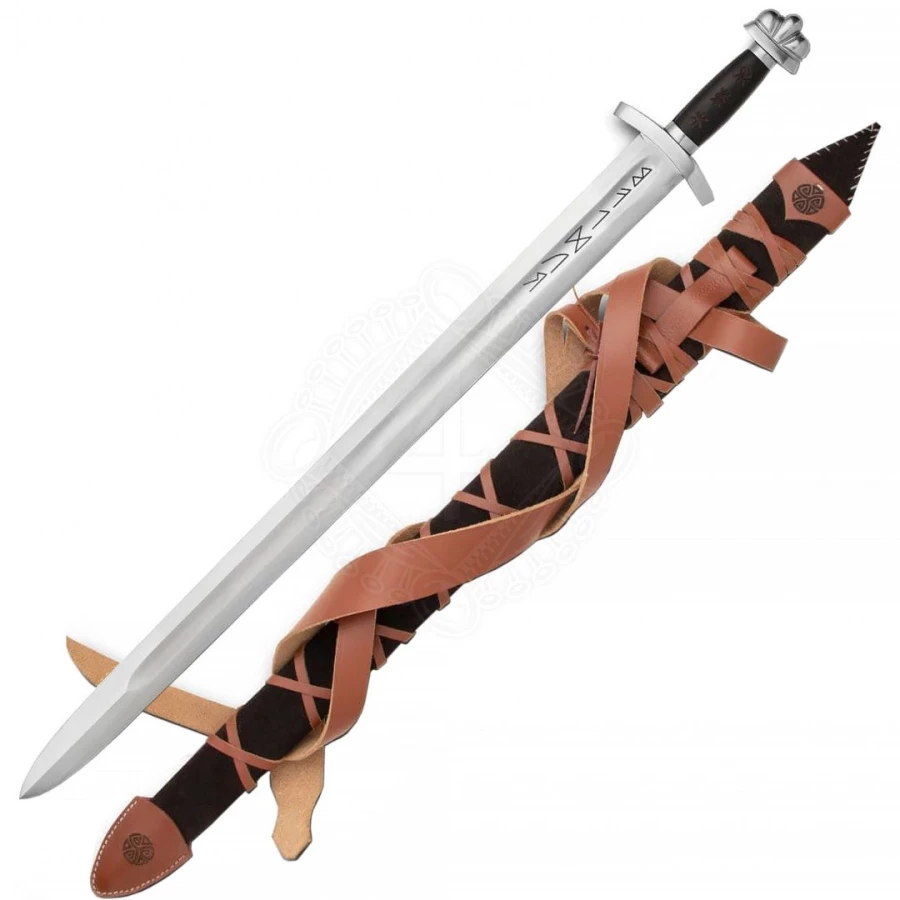
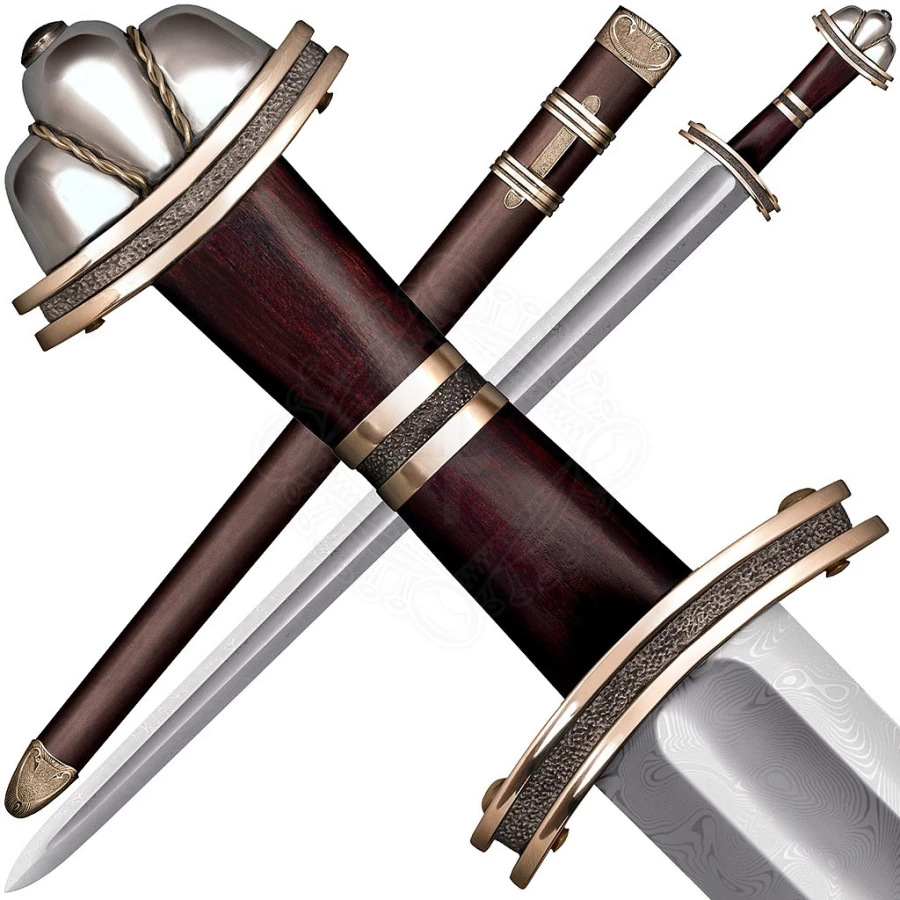
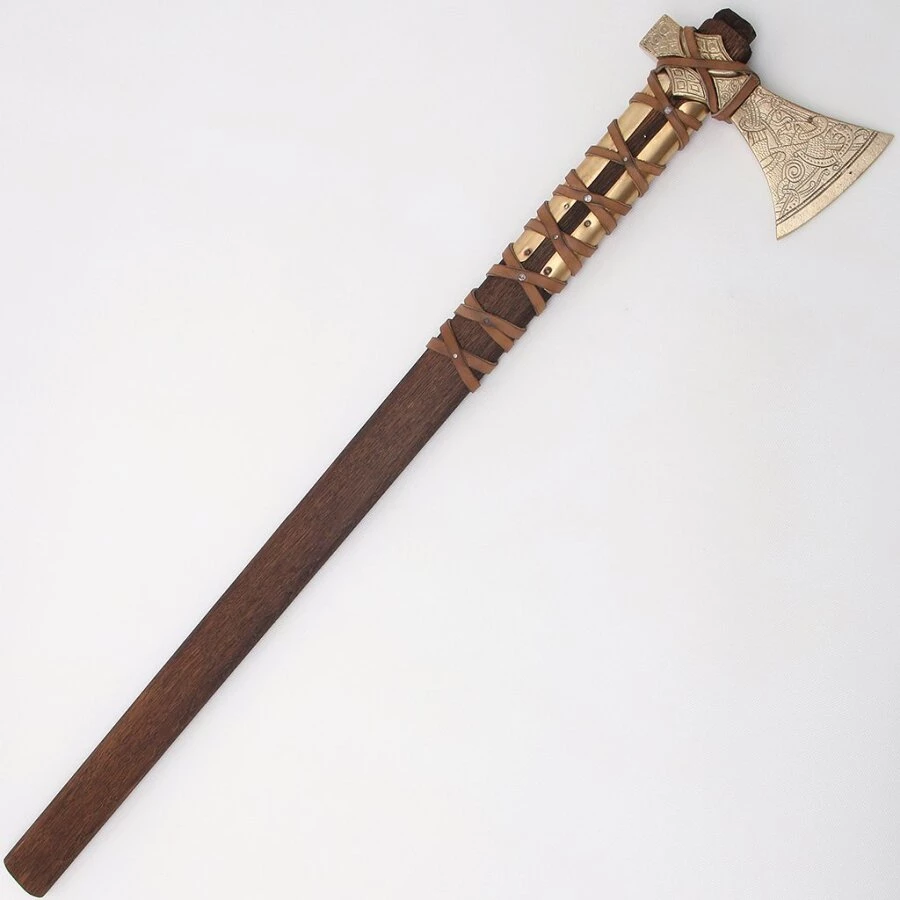
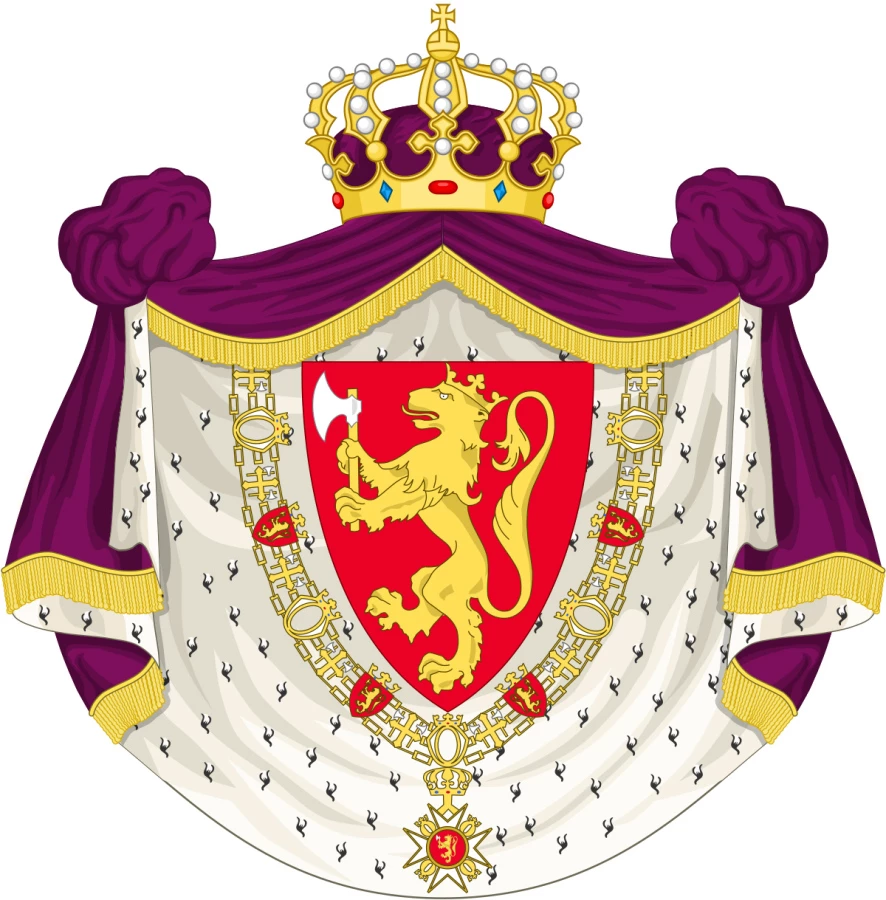
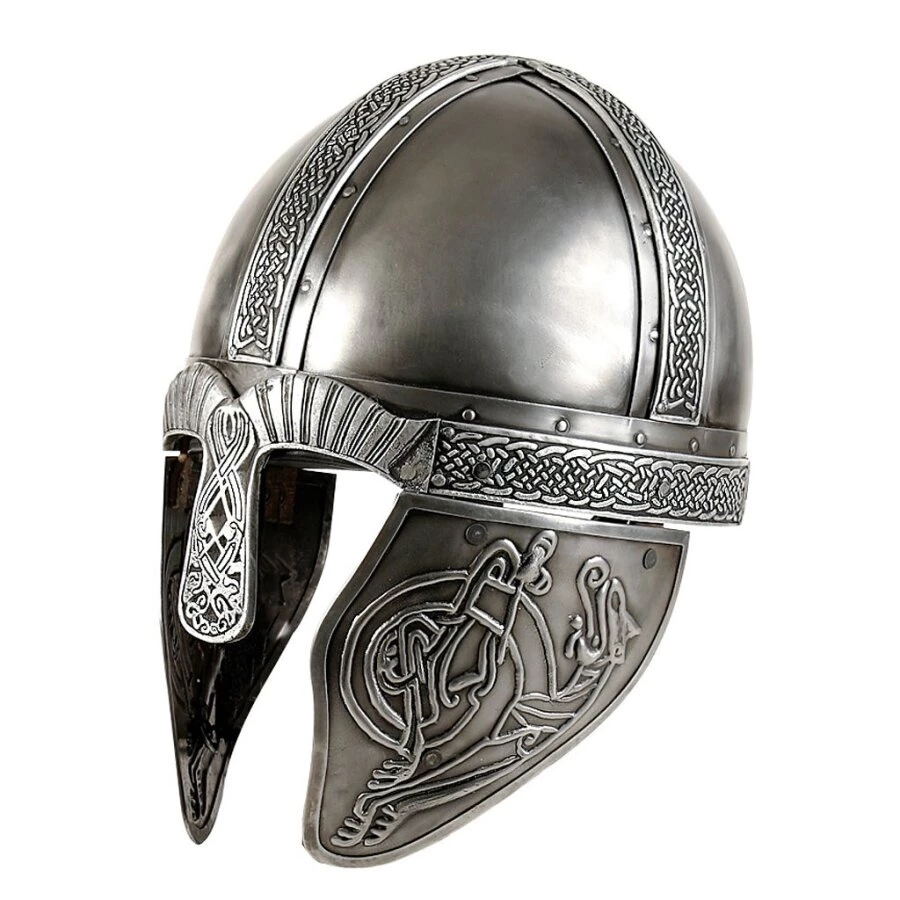
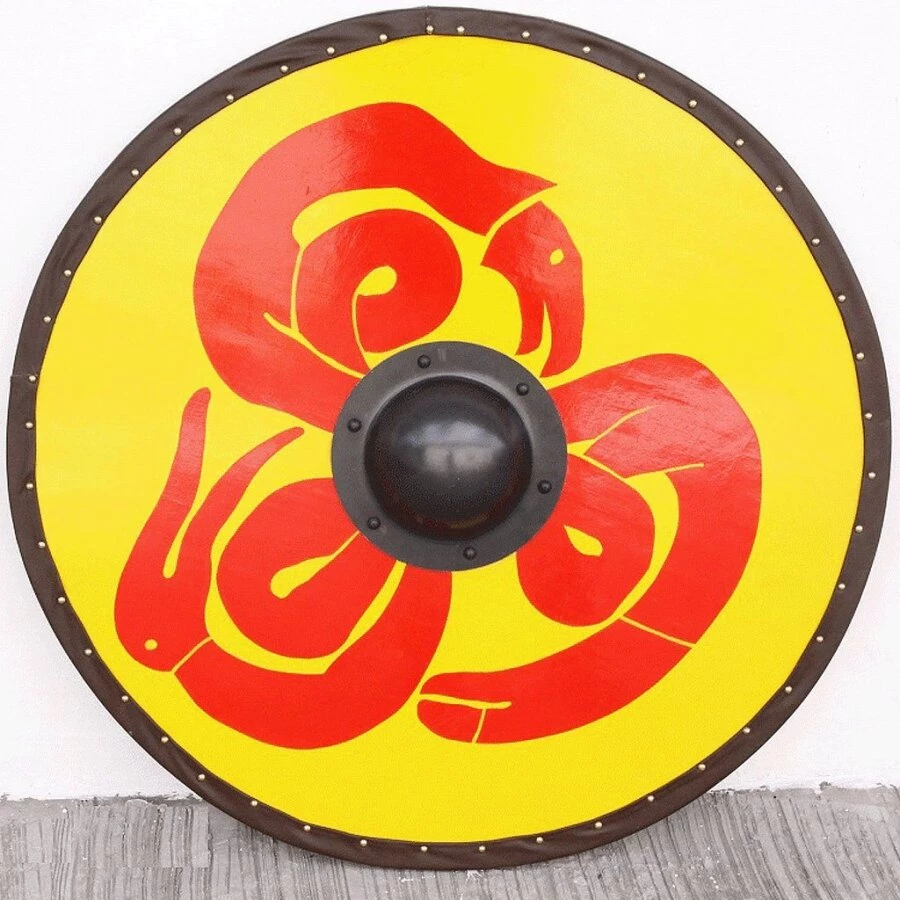
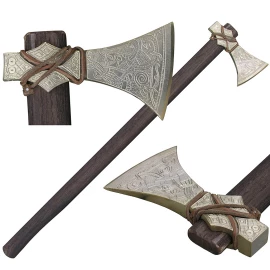
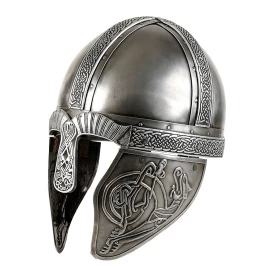
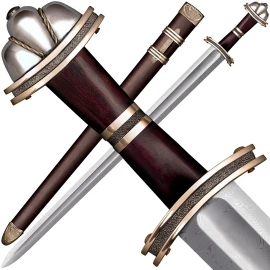
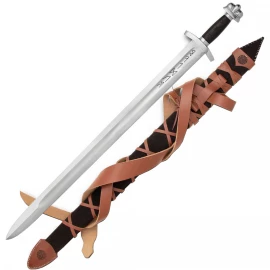
Comments